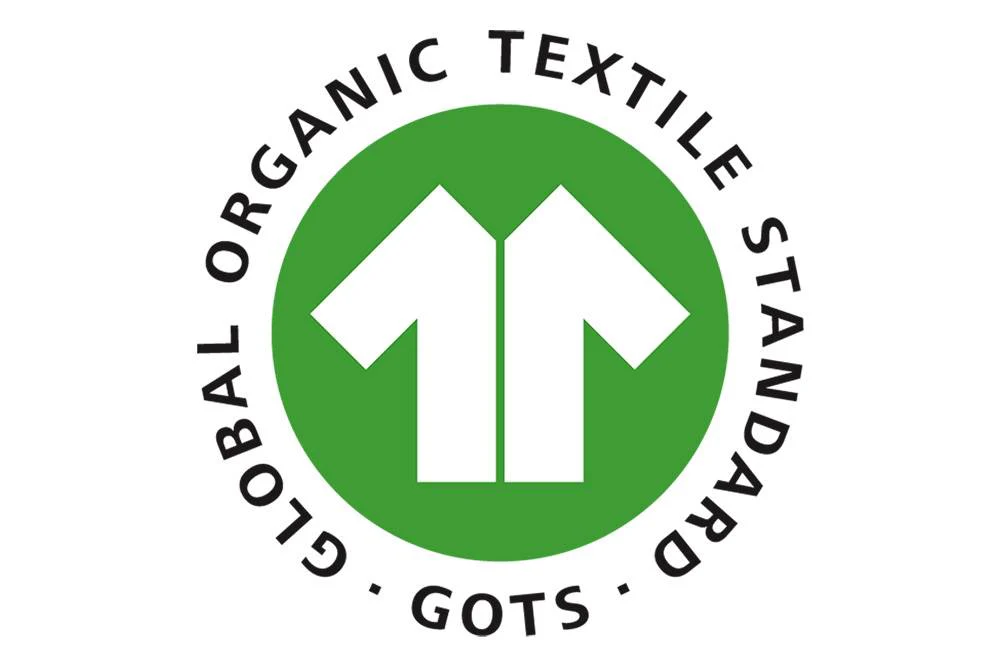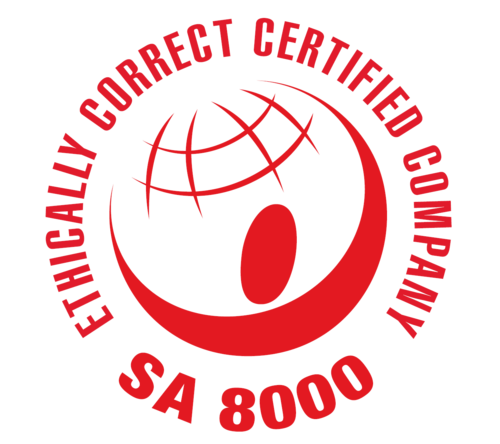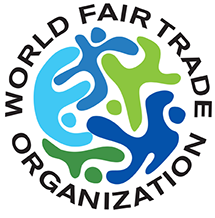From fast fashion to cotton, the list of ways we consume fashion that have an adverse effect on our envionment and other species is a long one, but is there hope?
Apart from consuming less, recycling and preparing, can we find clothes and textiles which are more sustainable?
And if you have to buy new clothes, which fabrics should you look out for? Here are several materials or innovations which could help in the drive for a more sustainable way of life.
ALPACA
Pros: Alpaca wool is water resistant, and temperature regulating. It takes little to no chemicals to produce, and Alpacas graze in a way that’s less damaging to the environment than sheep. Alpaca wool is biodegradable and often more durable than sheep’s wool.
Cons: Alpaca can be pricey, and you should make sure to look for certified organic and fair trade labels.
BAMBOO
Pros: Bamboo is a fast-growing, regenerative crop that requires little or no fertilizer or pesticides. The process to mechanically turn it into bamboo linen requires little or no chemicals.
Cons: It’s almost impossible to know if the bamboo you’re buying was farmed sustainably. And when bamboo is turned into soft garments like sheets and underwear, it must undergo an intensive chemical process, the same way viscose (or rayon) is made—however, in recent years, manufacturers have made improvements in chemical management.
ECONYL®
Pros: Econyl is made of regenerated nylon waste, making it a popular alternative to virgin nylon. It’s upcycled from fishing nets and waste fabrics, using much less water and energy than producing nylon from scratch.
Cons: It’s still made of nylon so it can shed microplastics in the wash—consider using a garment bag or washing as infrequently as possible.
LINEN
Pros: Linen is made of flax, a fast-growing plant that traps carbon and doesn’t require fertilizer, pesticides, or much water. Almost the entire flax plant can be woven into linen, so there’s almost no waste left over—and linen is biodegradable and strong.
Cons: You’ll want to read the label to find out if your linen was produced organically. Linen fibers have virtually no stretch, so they wrinkle easily, and linen can be expensive since almost all of it is produced ethically in Europe.
MODAL
Pros: A semi-synthetic material, modal is made from a chemical process using the wood of beech trees, which use much less water to grow than crops like cotton. Modal is stretchy and absorbent, making it a good activewear alternative. TENCEL™ Modal, specifically, is made from sustainably farmed trees and a more energy-efficient and less toxic chemical process.
Cons: Like viscose, modal is at least partly synthetic, and some modal is made with harmful chemical processes and untraceable wood.
ORGANIC COTTON
Pros: Soft, stretchy, and breathable, organic cotton is grown with no toxic pesticides, synthetic fertilizers, or genetically modified seeds (GMOs). Look for a GOTS or OCS certification when shopping for organic cotton clothing.
Cons: Cotton takes a lot of water to farm, although organic cotton usually uses less then conventional cotton.
ORGANIC HEMP
Pros: Hemp requires little resources to grow and to spin into threads and fabrics, making it fairly sustainable when grown organically. It’s one of the oldest used textiles, and it has a similar feel to linen—durable and breathable.
Cons: Like bamboo, some hemp is produced through the viscose method which uses lots of chemicals. In this case, it’ll usually be labeled “hemp viscose.” And because of its association with marijuana (it won’t get you high!), it typically requires a special license to grow.
PIÑATEX
Pros: Piñatex is a leather alternative—and while leather is natural material that lasts for a long time, it’s a byproduct of an industry that’s currently highly unsustainable: cattle ranching. Many vegan leathers are made of plastic, but not Piñatex—it’s made of leftover pineapple leaves that would otherwise be burned.
Cons: It’s not quite as durable as leather, and it won’t fully biodegrade on its own.
RECLAIMED (DEADSTOCK)
Pros: Reclaimed, deadstock, or upcycled fabrics are some of the most sustainable fabrics available since they take less energy and resources to make than virgin fabrics.
Cons: Some reclaimed fabrics come from polyester, which still releases microplastics when it’s washed.
RPET
Pros: RPET is recycled polyethylene terephthalate, and it uses about 80% less energy to make than virgin polyester. It has almost identical characteristics to polyester so it’s great for activewear, and it’s made of recycled plastics like water bottles.
Cons: It’s made of plastics, so it can release microplastics when it’s washed—and it can’t be further recycled.
SILK
Pros: Silkworms eat only the leaves of mulberry trees to produce their silk, spinning the fibers into fabric is a fairly low-waste production.
Cons: Because silk comes from caterpillars, it’s not vegan. Some types of silk like ahimsa silk are touted as cruelty-free, but evidence of actual cruelty-free silk is limited.
TENCEL™ LYOCELL
Pros: Similar to TENCEL’s modal, their lyocell is made of eucalyptus wood that goes through the viscose process but in a closed loop, so chemicals are reused over and over. Their eucalyptus is sourced sustainably. TENCEL’s lyocell is stretchy and easy to wear, and it’s certified biodegradable.
Cons: They still use a chemical process, making the clothes semi-synthetic.
WOOL
Pros: Made by sheep, wool is completely natural, biodegradable, and renewable. It’s a temperature regulator, meaning it keeps you warm in the winter and cool in the summer. Wool is durable, and its production doesn’t have to harm the sheep involved.
Cons: Wool isn’t vegan, and unfortunately, not all sheep farming is alike. Look for certifications that ensure the animals were treated fairly, like the Responsible Wool Standard or the ZQ certification.




